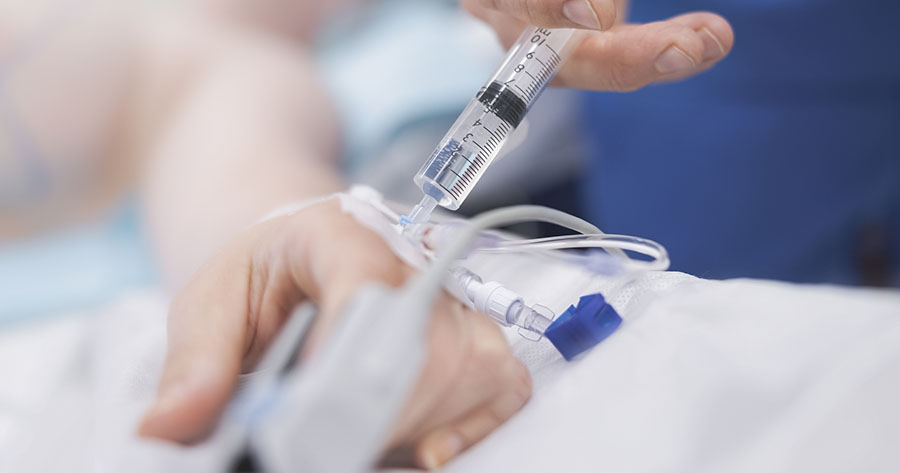A new study has shown that glycaemic control in people with diabetes who require insulin can be improved through better injection technique.
In the study, conducted by Giorgio Grassi and colleagues (Città della Salute e della Scienza di Torino, Turin, Italy), a total of 346 people with diabetes who had been injecting insulin for at least 4 years were questioned about their injection technique and then given individualised training to address any flaws in their methods. This included information on rotating injection sites to avoid lipohypertrophy as well as switching to 4-mm pen needles (BD Micro-Fine™; Becton Dickinson, Franklin Lakes, NJ, USA) in order to avoid intramuscular injections.
Overall, 49% of the participants were found to have lipohypertrophy at study initiation. Over the course of the 3-month evaluation, this prevalence remained unchanged; however, there were reductions in mean HbA1c of 6.4 mmol/mol (0.58%), mean fasting blood glucose of 14 mg/dL and total daily insulin dose of 2.0 units.
Dr Kenneth Strauss, Director of Safety in Medicine, European Medical Association, Global Medical Director of Becton Dickinson and one of the study authors, said: “The implications of the Grassi et al. study are striking. Patients and professionals do not have to wait for months and years to see improvement in the most important clinical parameters (blood glucose control and insulin reduction) when appropriate injection training and devices are provided.”
The study can be read in full here.





